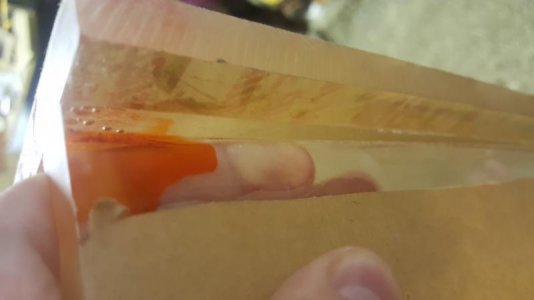Floyd R Turbo
Either busy or sleeping
Maybe go hybrid?
https://www.ntotank.com/325gallon-acerotomold-white-opentop-containment-tank-x8666939
I could use these tanks and create a rectangular interface box underneath: 3' x 4' x 1' high each. These would use three large 6" uniseals to connect up to the containers above, then 12 x 3" uniseals to the side.
More connections means more potential fault points but that could be a cheaper alternative?
So how would I build a rock solid low cost acrylic 36" x 48" box at 12" high? It needs to be able to carry 2600 lbs of tank and water above it...
That seems a bit better. Why would the tank have to sit on the acrylic box? Couldn't you place the tank on top of a couple of steel tubes?
The acrylic box under it would have to be overbuilt because it's going to be under the water column pressure above it, so you're talking a pretty beefy tank but since it's only 12" tall, that limits the bowing. I'm still not sure on the drain/fill/vaccuum thing, but I would think that would be at least better

